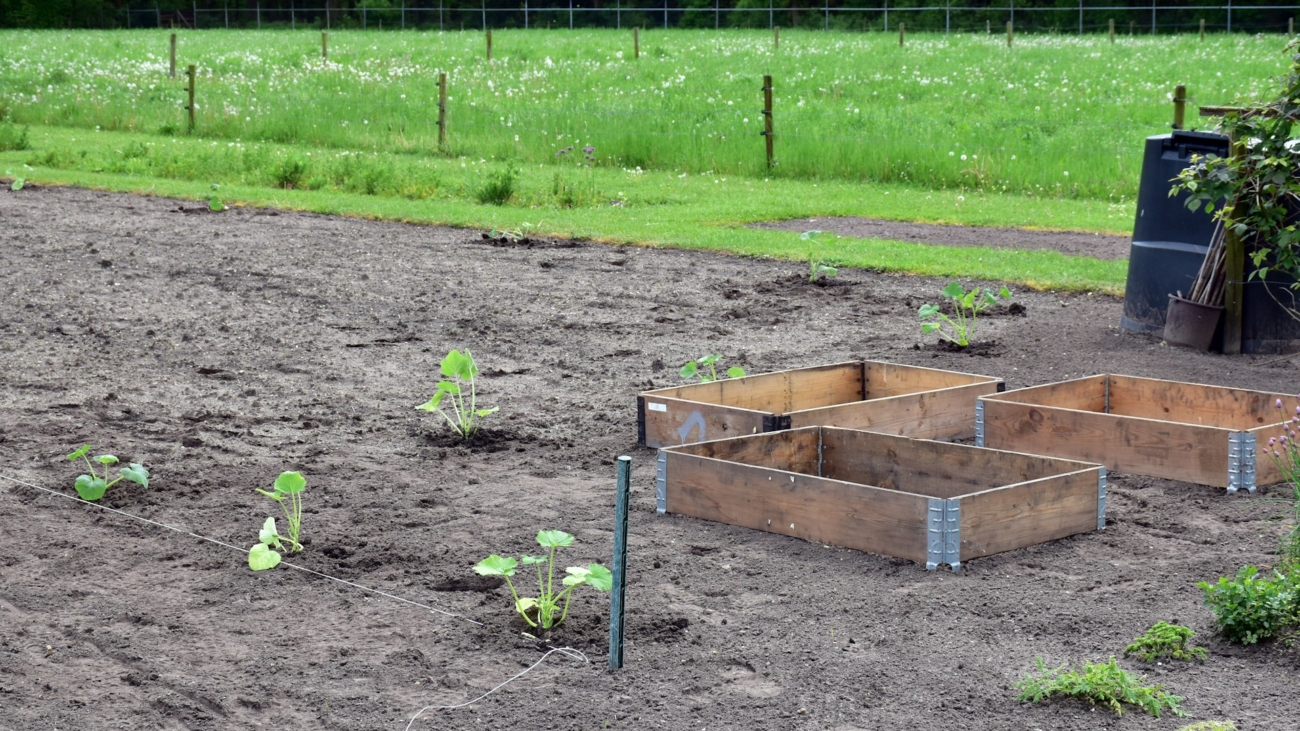As the agricultural sector continues to evolve with technological advancements, precision planting has emerged as a transformative practice, driven by the integration of soil sensor data. Precision planting involves the use of real-time data from soil sensors to ensure that seeds are sown in areas with the most favorable conditions for growth. This approach maximizes crop yields, optimizes resource use, and enhances overall farm productivity. This article delves into the benefits and implementation strategies of precision planting, with a focus on utilizing soil sensor data.
The Role of Soil Sensors in Precision Planting
Soil sensors are sophisticated IoT devices that provide continuous, real-time data on various soil parameters, including moisture levels, pH, temperature, and nutrient content. By deploying these sensors across a field, farmers can gain a comprehensive understanding of soil variability and health. This data is crucial for guiding precision planting decisions, ensuring that each seed is placed in the best possible environment to thrive.
Benefits of Precision Planting
- Optimized Crop Yields: Precision planting ensures that seeds are sown in soil with optimal conditions, leading to healthier plants and higher crop yields. By tailoring planting practices to the specific needs of different areas within a field, farmers can maximize the productivity of their land.
- Resource Efficiency: By utilizing soil sensor data, farmers can avoid over-planting or under-planting in areas with suboptimal conditions. This efficient use of seeds reduces waste and lowers the overall cost of production.
- Improved Soil Health: Precision planting promotes sustainable farming practices by minimizing soil disturbance and preserving soil structure. This approach helps maintain soil health and fertility over the long term.
- Environmental Sustainability: Reducing the need for excessive inputs such as water, fertilizers, and pesticides, precision planting contributes to a lower environmental footprint. This practice aligns with the goals of sustainable agriculture and environmental stewardship.
- Data-Driven Decision Making: The integration of soil sensor data enables farmers to make informed decisions based on accurate, real-time information. This data-driven approach enhances the precision and effectiveness of farming practices.
Implementation Strategies for Precision Planting
- Soil Sensor Deployment: The first step in precision planting is the strategic placement of soil sensors across the field. These sensors should be distributed to capture the variability in soil conditions, providing a comprehensive dataset for analysis.
- Data Collection and Analysis: Soil sensors continuously collect data on moisture levels, pH, temperature, and nutrient content. This data is transmitted to a central system where it can be analyzed using advanced software and AI algorithms to generate actionable insights.
- Variable Rate Planting Equipment: Precision planting requires the use of advanced planting machinery capable of variable rate seeding. These machines adjust the planting rate and depth based on the real-time soil data, ensuring optimal seed placement.
- Real-Time Monitoring: Farmers can monitor soil conditions and planting progress in real-time through integrated platforms accessible via smartphones or computers. This allows for immediate adjustments and fine-tuning of planting practices.
- Customized Planting Plans: Based on the soil sensor data, farmers can develop customized planting plans tailored to the specific conditions of different areas within their fields. These plans guide the planting machinery to sow seeds in the most suitable locations.
- Continuous Improvement: Precision planting is an iterative process. Farmers should continuously monitor crop performance and adjust their practices based on feedback from soil sensors and yield data. This ongoing refinement leads to sustained improvements in productivity.
Conclusion
Precision planting, guided by soil sensor data, represents a significant advancement in modern agriculture. By ensuring that seeds are sown in areas with optimal soil conditions, this practice maximizes crop yields, enhances resource efficiency, and promotes environmental sustainability. As technology continues to evolve, the adoption of precision planting will play a crucial role in meeting the growing global demand for food while preserving the health of our planet. For farmers in India and around the world, precision planting offers a pathway to a more productive and sustainable future.

